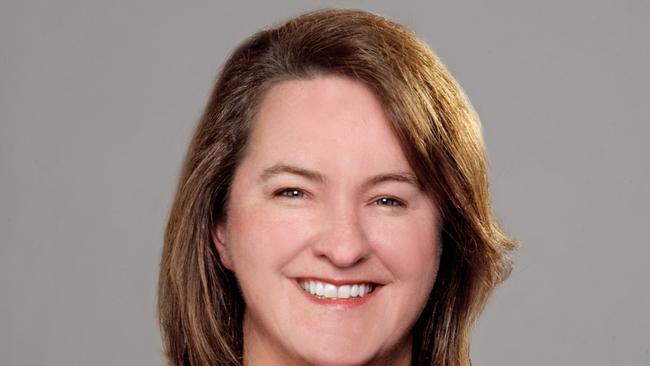Women missing out on pay, leadership
Men are twice as likely to be earning more than $120,000 than women, who remain vastly under-represented in senior leadership roles, a new study finds

Australian men are twice as likely as women to be earning $120,000 a year or more, new data reveals.
And women continue to be significantly under-represented in decision-making roles across business, a report from the Workplace Gender Equality Agency has found.
The agency found 85 per cent of all employers with more than 100 workers still had pay gaps in favour of men, with the construction, financial and professional, scientific and technical sectors having the biggest pay discrepancies.
Its annual report card finds the pay gap between men and women sits at $25,792 a year, a difference of 22.8 per cent, 0.5 per cent better than last year. This is not a comparison of men and women in the same jobs but a broader measure of women’s overall position in the workforce compared with men.
WGEA director Mary Wooldridge said while areas such as flexible work, parental leave and paid domestic leave had improved over the eight years of the survey, the results showed decision-making structures in Australian business were still dominated by men.
“From the very top down, women are undervalued in Australian businesses and under-represented where decisions are made,” she said. “Twenty-two per cent of all boards still don’t have a single woman in the room and about three-quarters of all boards have a vast majority – over 60 per cent – of men.
“Of those heavily male-dominated boards, only 12 per cent have set a target to increase the representation of women, and on average that target is only 35 per cent – not even what is generally considered a balanced board.”
There is some movement, the data shows. Despite fewer than one in five women in CEO roles, 47 per cent of managerial promotions in the past year went to women, pushing up the proportion of female managers to more than 40 per cent (41 per cent) for the first time. “Having more women in key decision-making positions delivers better company performance, greater productivity and greater profitability,” Ms Wooldridge said.

The under-representation of women in senior roles is borne out in average earnings. “(Our) analysis shows men are twice as likely to be highly paid than women in Australia, with salaries of $120,000 or more, while it’s virtually the reverse for women, who are substantially over-represented at the bottom level of all earners,” Ms Wooldridge said.
Overall, the data shows one-third of the total workforce is made up of full-time working males, while full-time working females are 20 per cent of the total. Part-time and casual females make up more than 30 per cent of the workforce, compared to 16 per cent for men.
Sixty per cent of the female workforce is part-time or casual.
While 33 per cent of men earn more than $120,000 a year, just 16 per cent of females are in the same bracket. At the other end of the income spectrum, 30 per cent of women earn less than $60,000 compared to 20 per cent of men.
Ms Wooldridge said: “Research tells us that women are just as career-focused as men, but it’s the structures that aren’t in place, such as childcare availability, to make that choice to go back to work.”




To join the conversation, please log in. Don't have an account? Register
Join the conversation, you are commenting as Logout